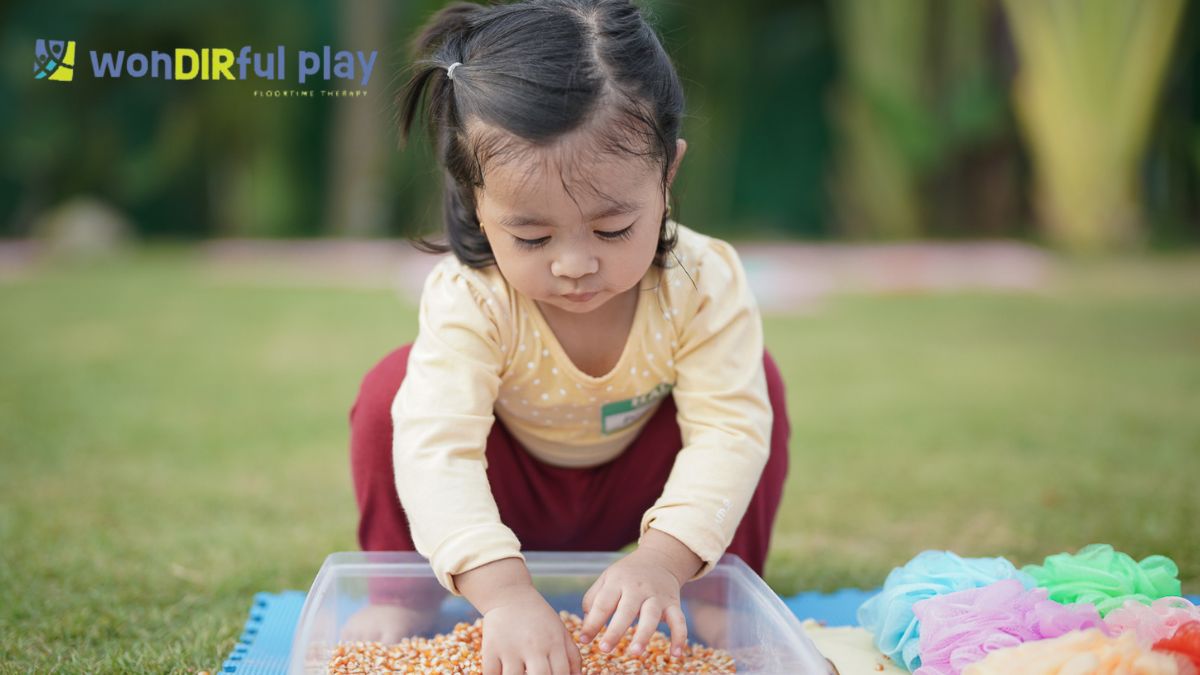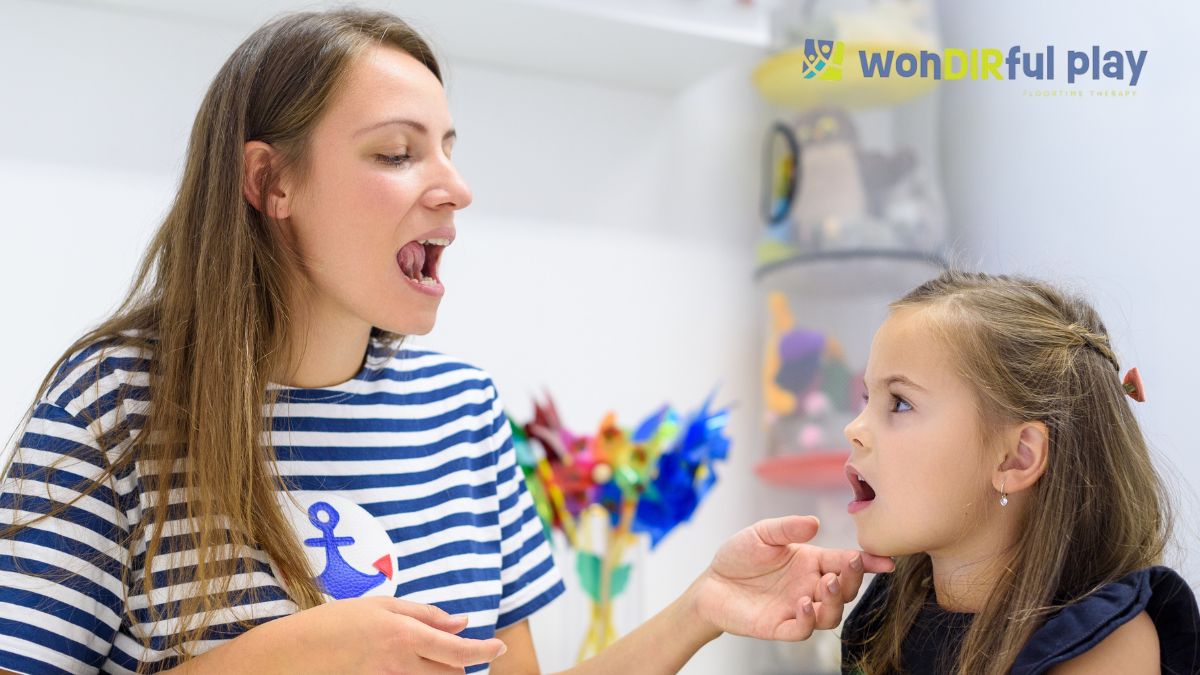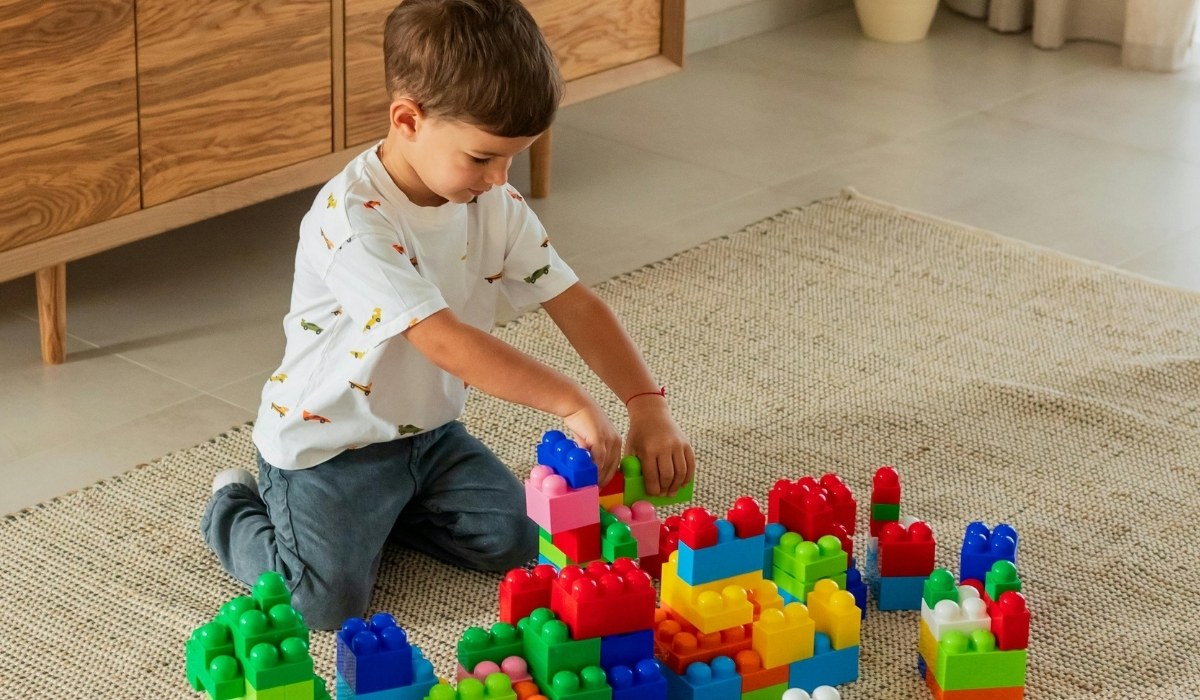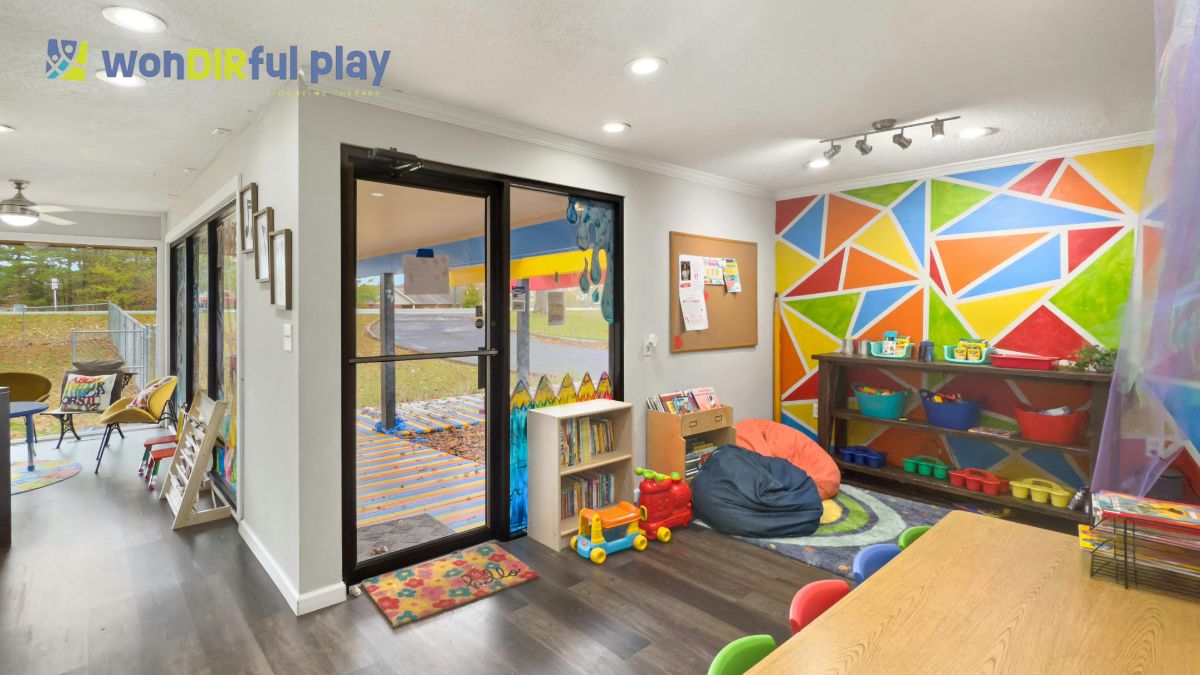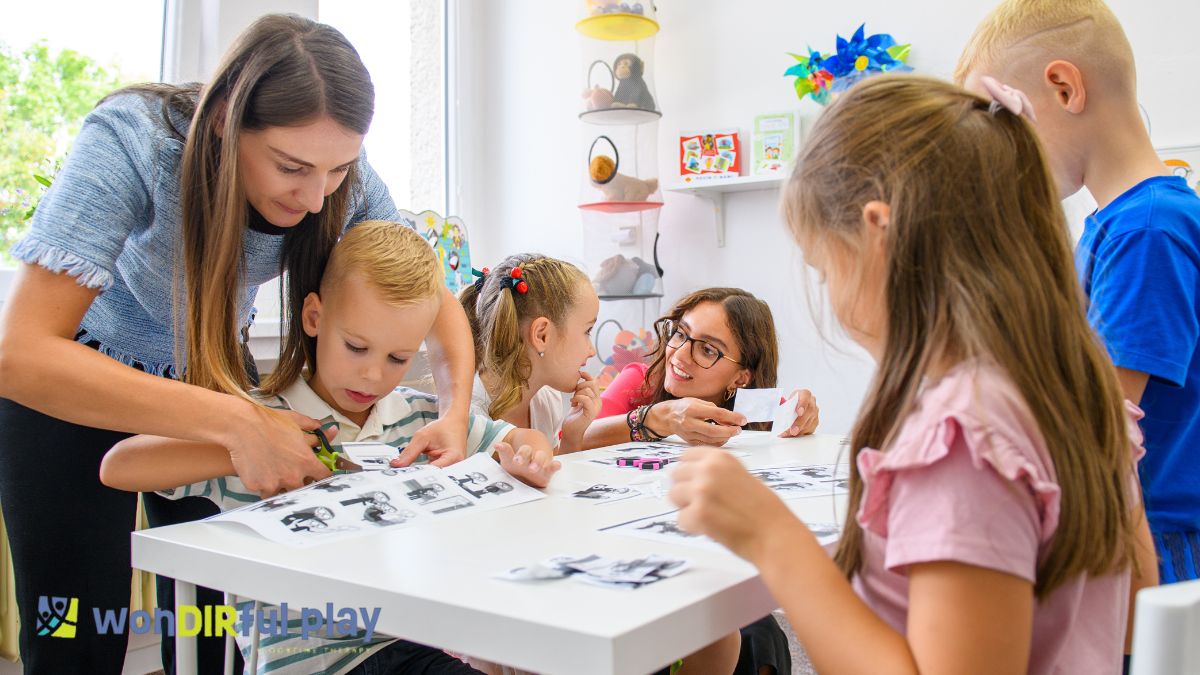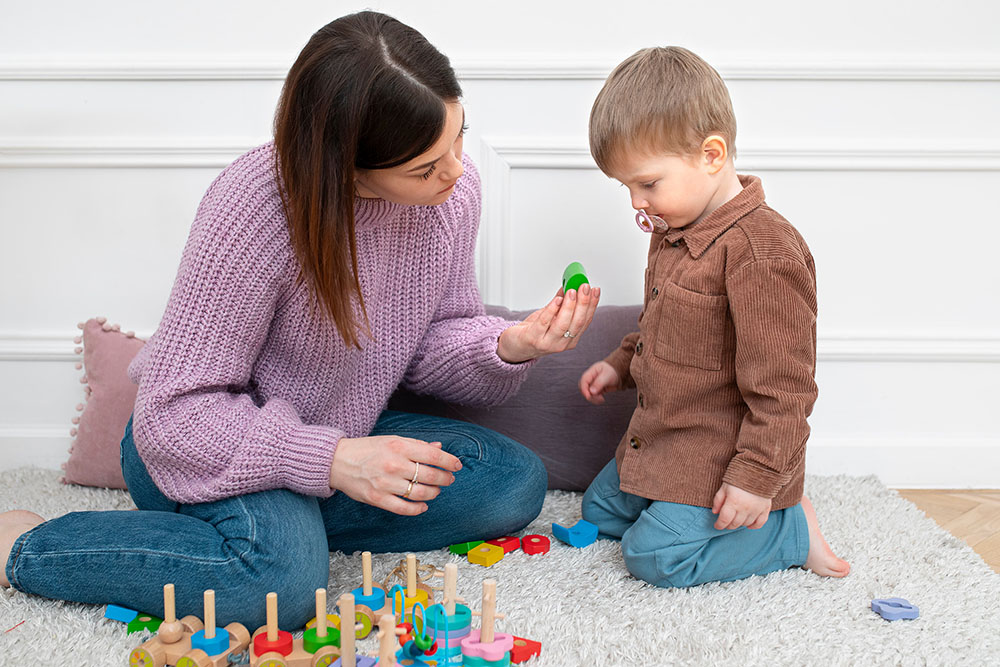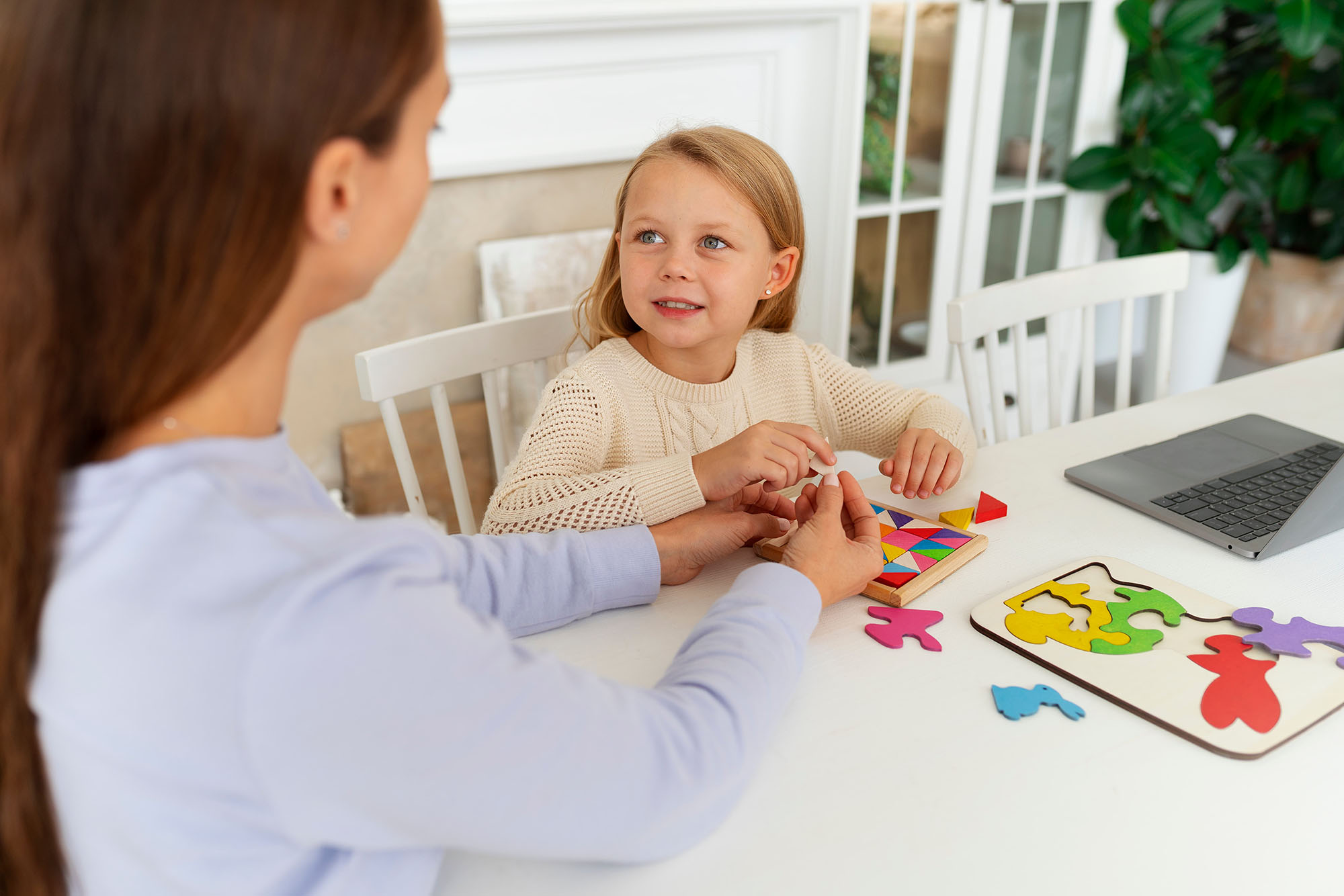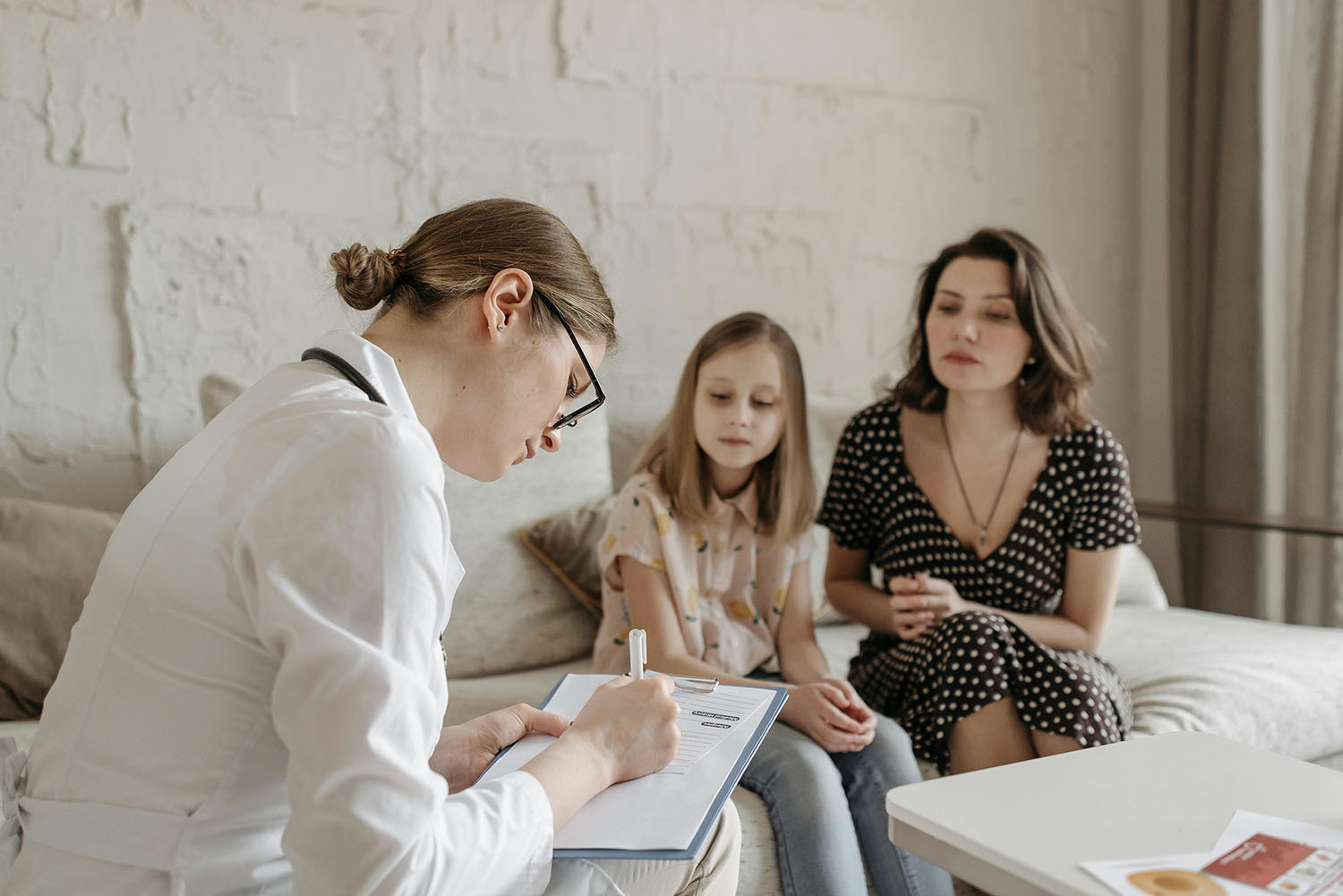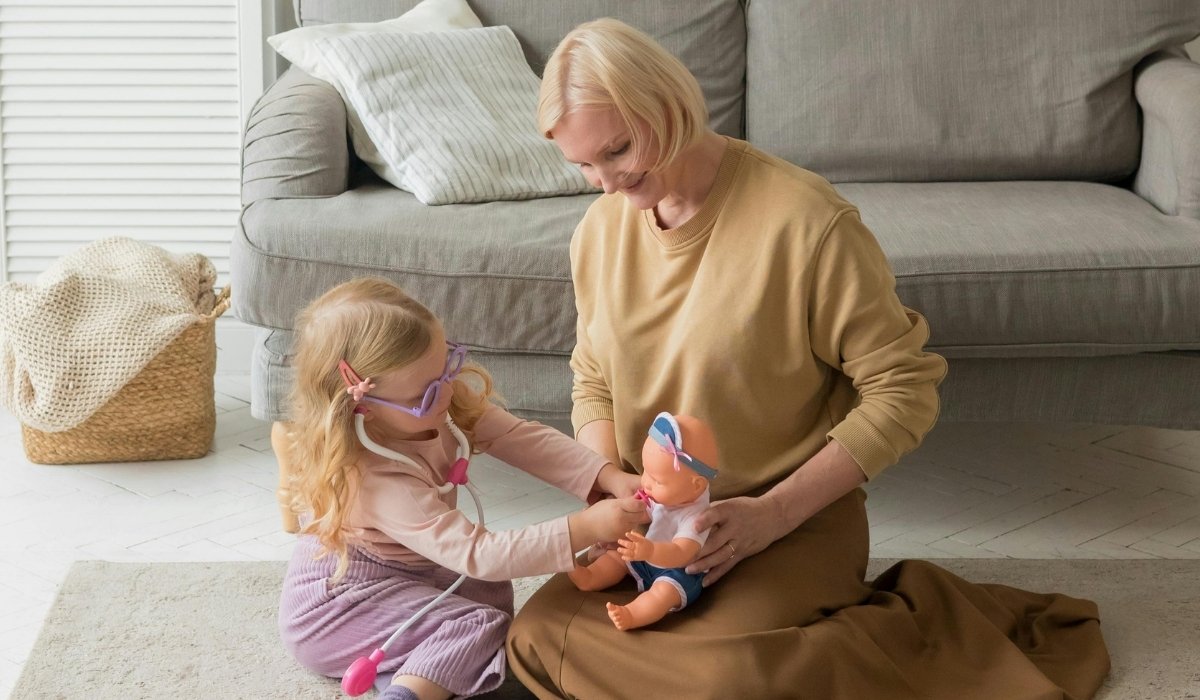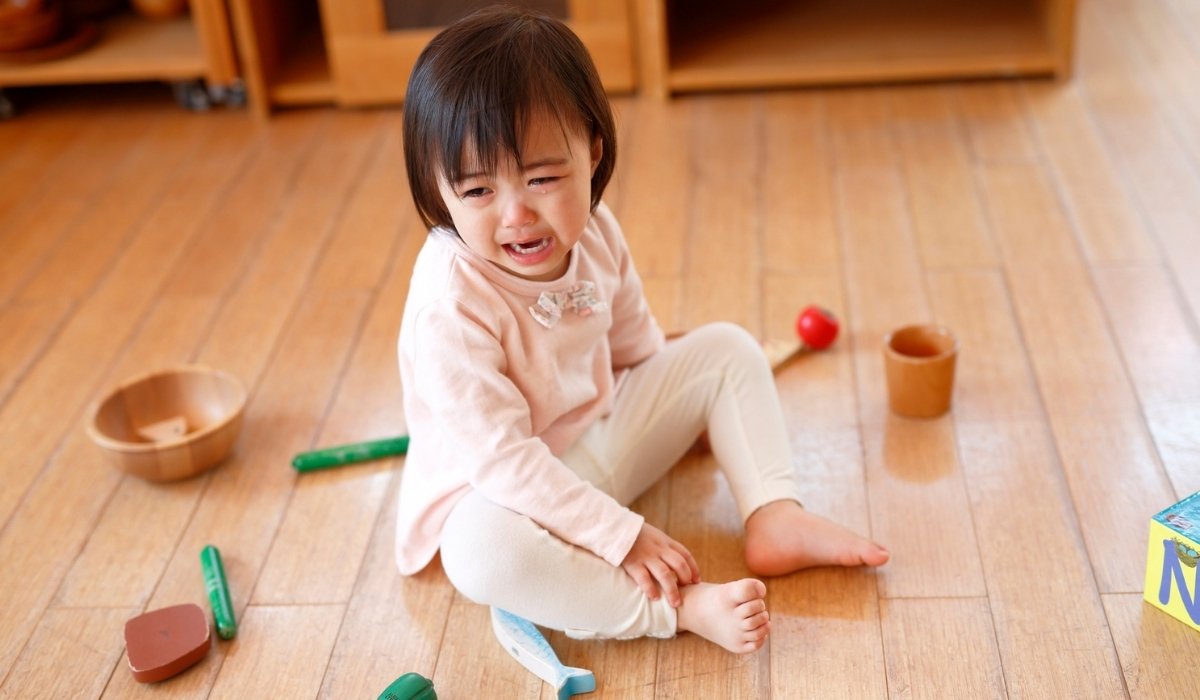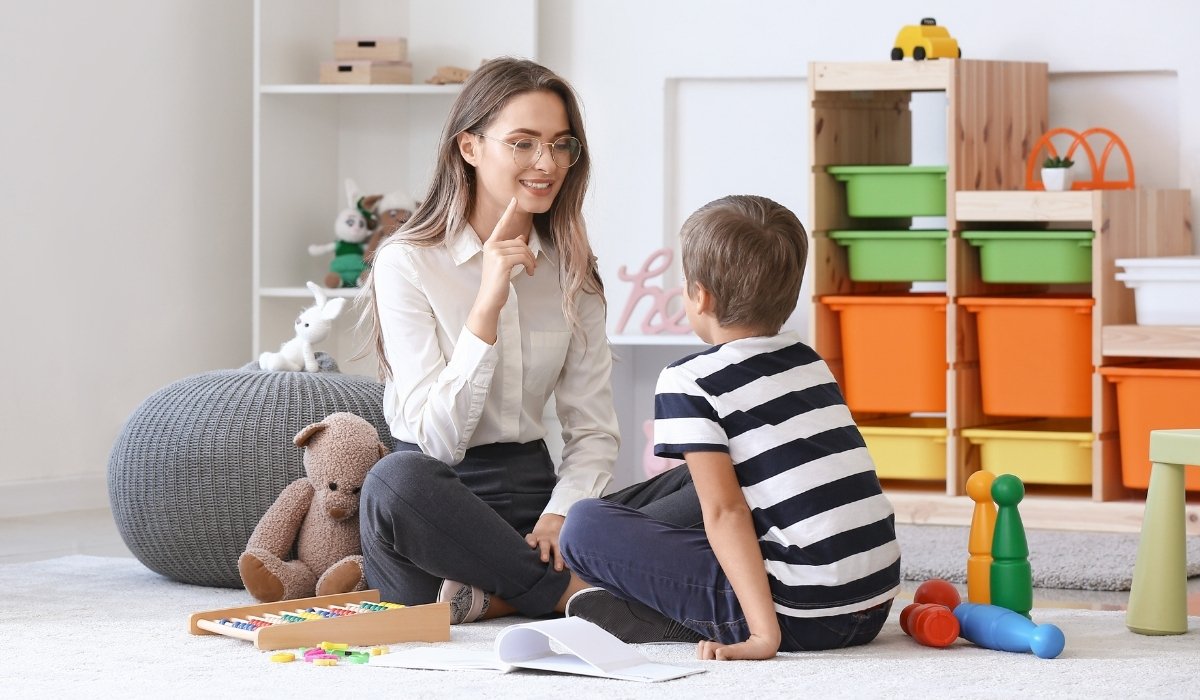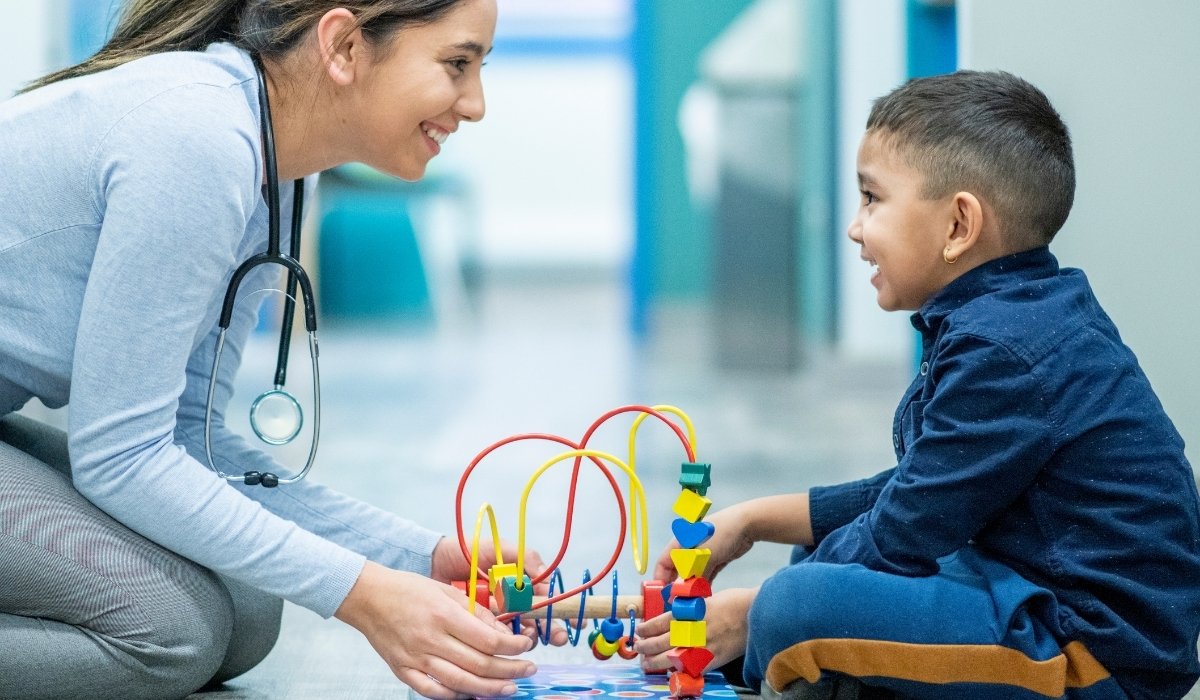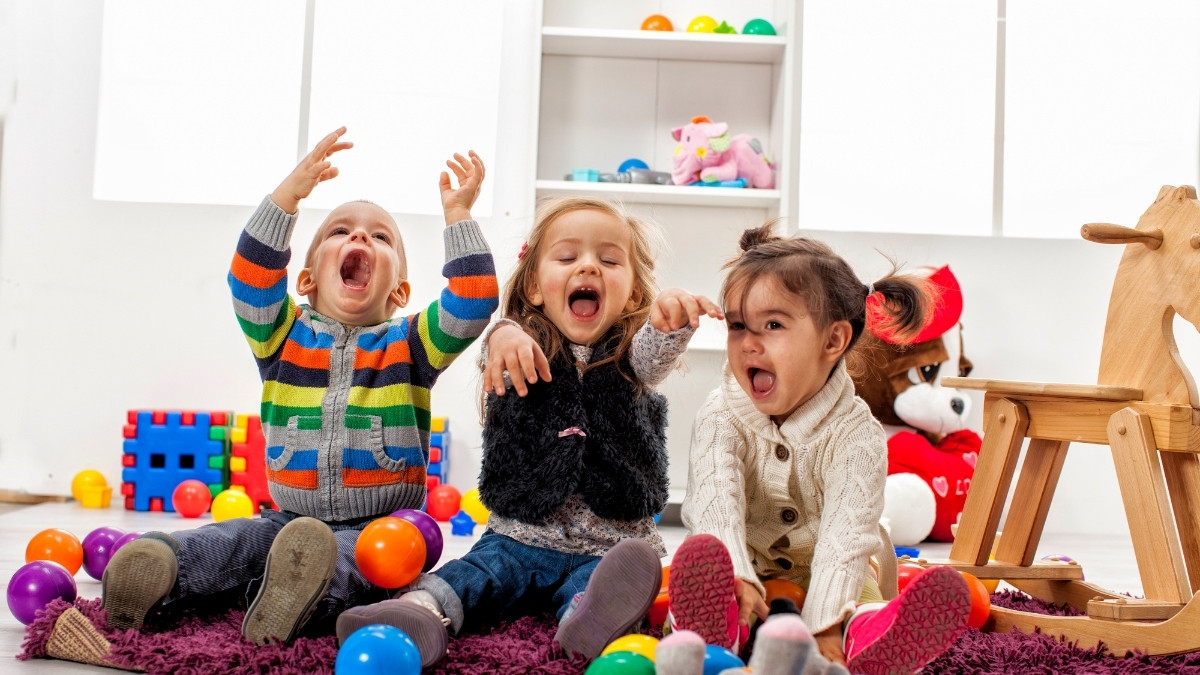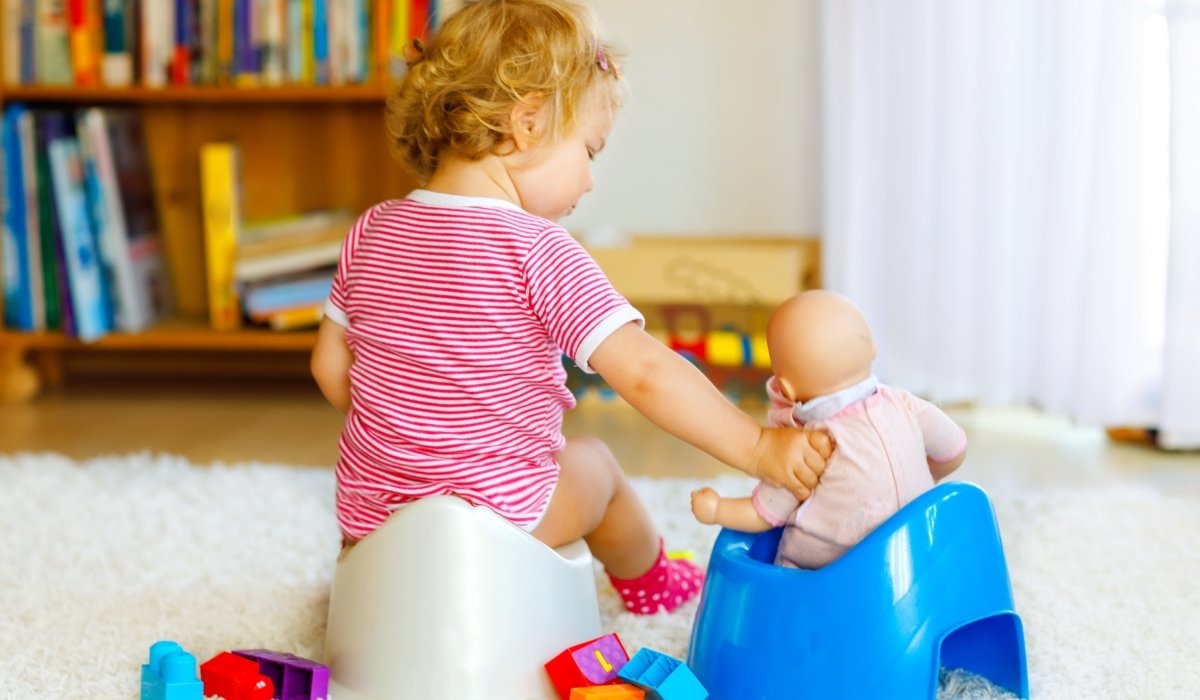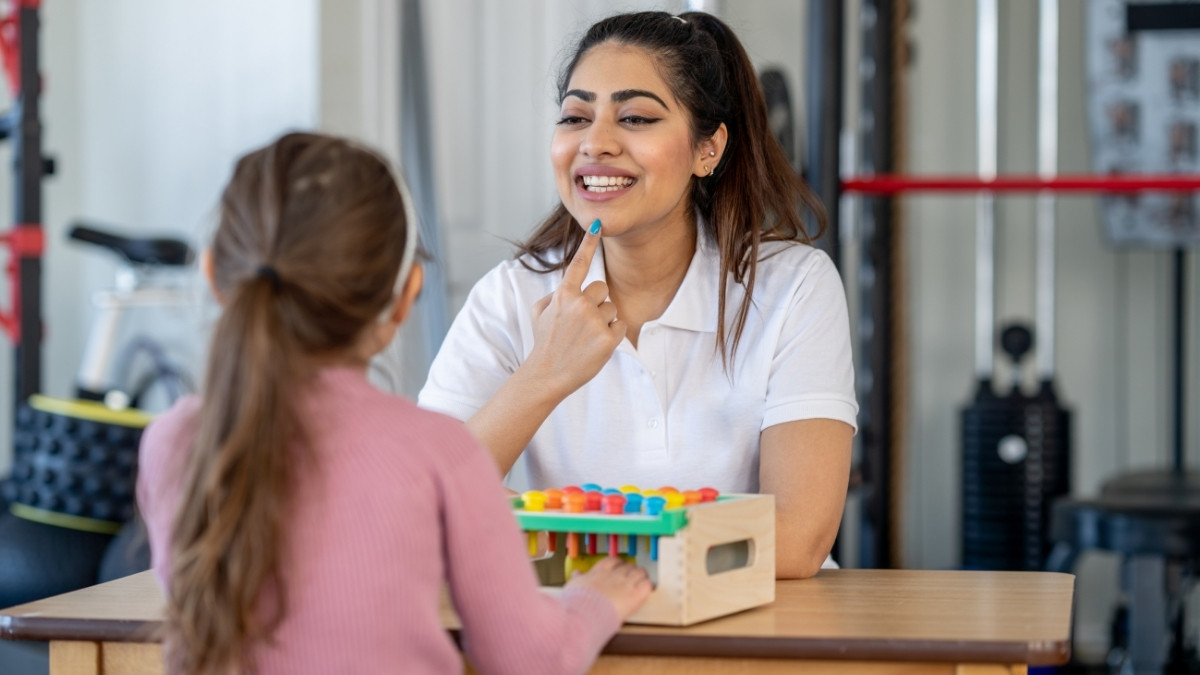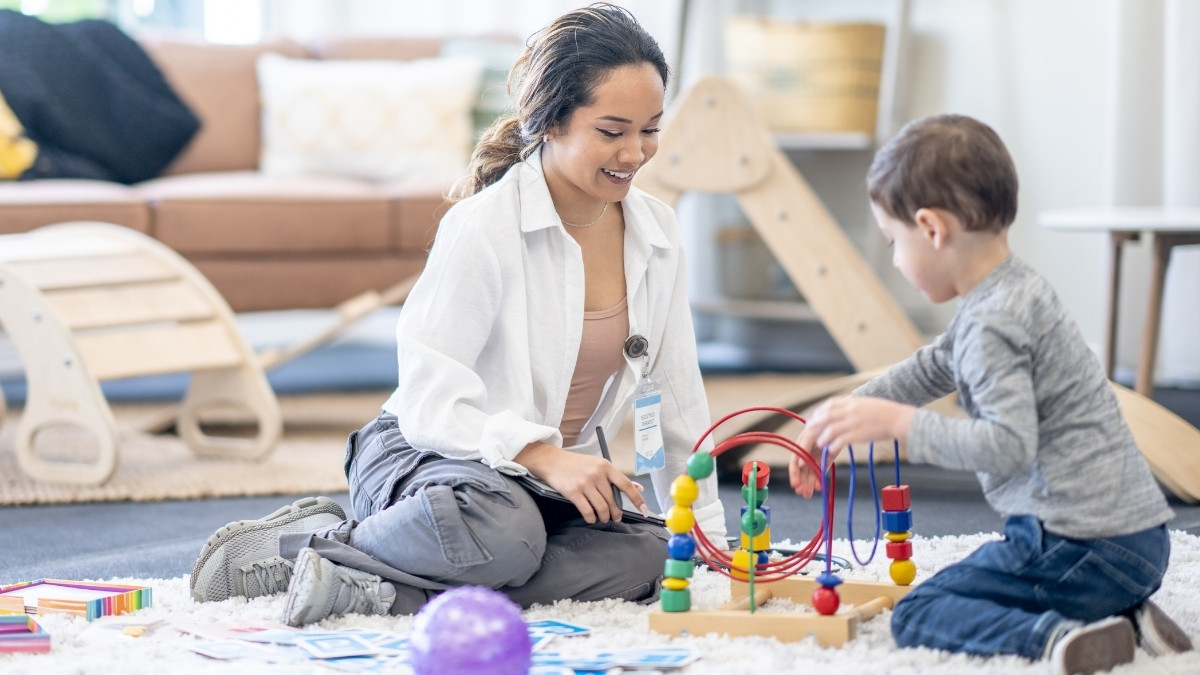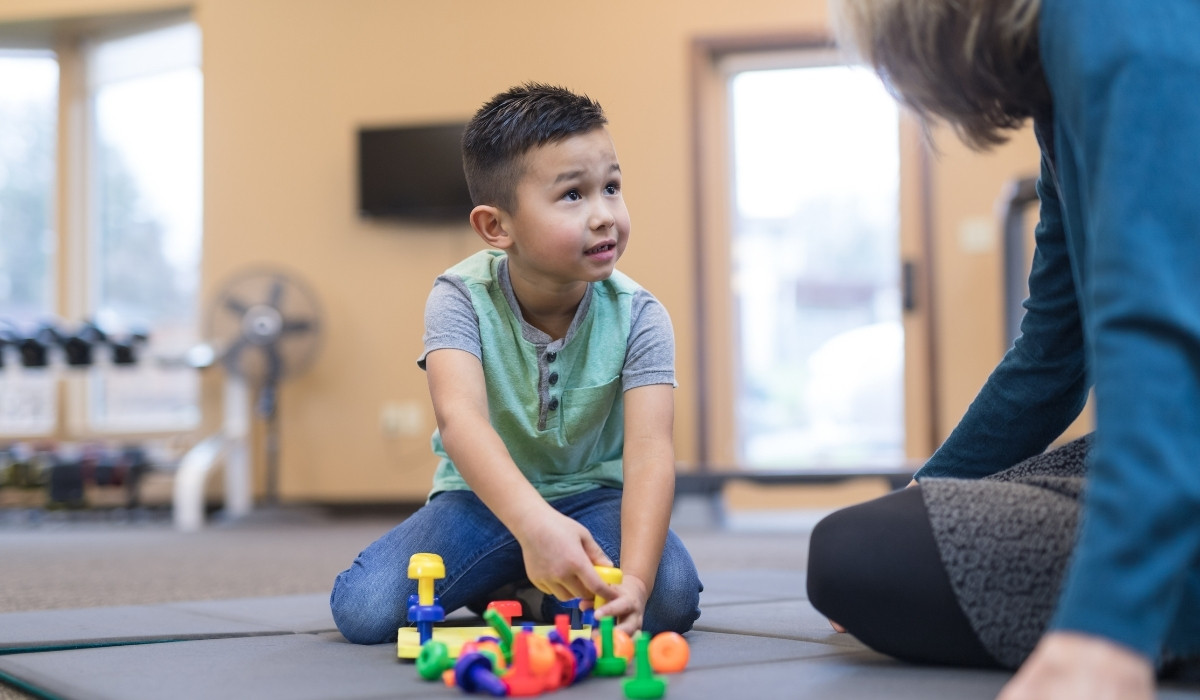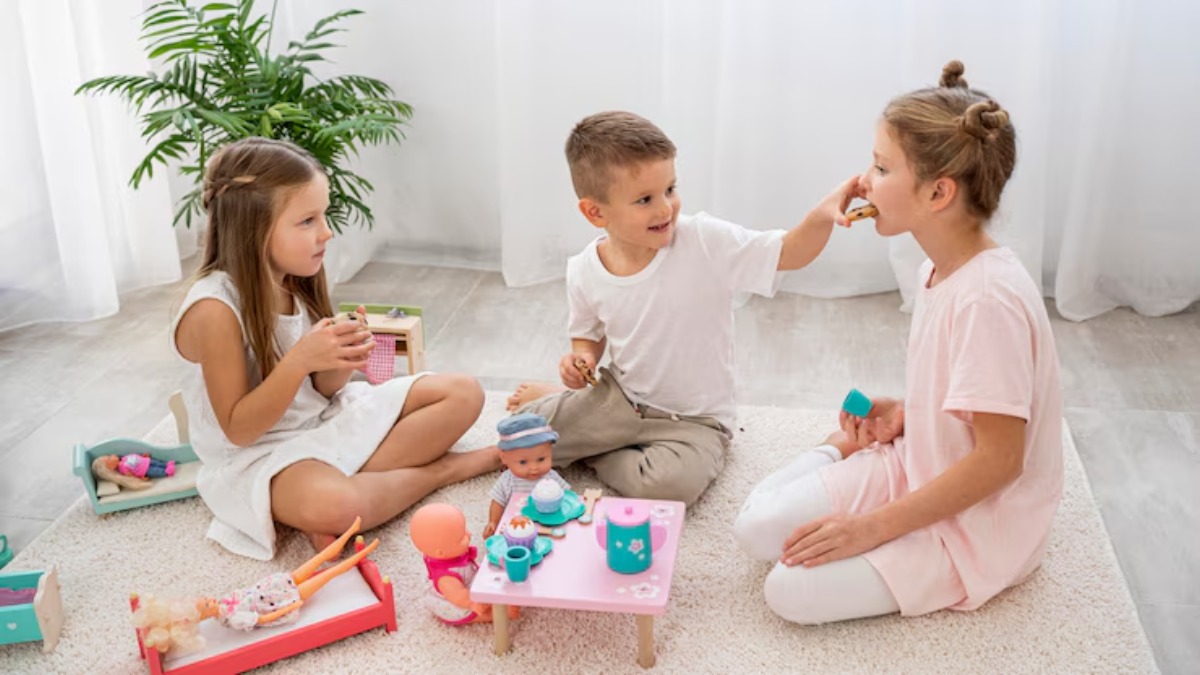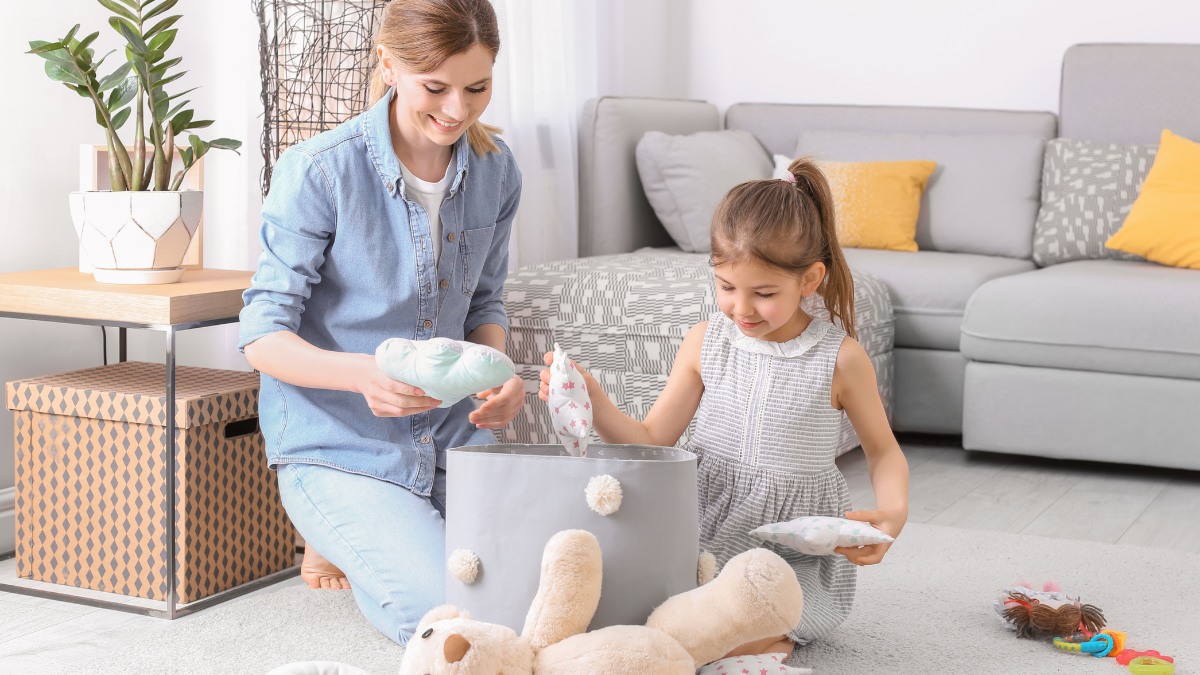DIR Floortime and Speech Therapy: Can They Work Together?
August 26, 2025
Support your child’s growth with Floortime and speech therapy. Explore how play, parents, and school teamwork create stronger language and social progress.

Key Points:
- DIR Floortime and speech therapy together use play to build language, connection, and communication.
- Research shows that combining Floortime with speech therapy improves language, cognition, and adaptive skills.
- Parent coaching and school teamwork extend therapy goals into daily routines for lasting progress.
Floortime and speech therapy work together by blending child-led play, circles of communication, and speech goals. Research shows gains in language, social skills, and cognition, especially when parents and schools support carryover with shared plans and consistent cues.
Many families feel stuck when speech progress seems slow, even after consistent sessions. It can be frustrating to see effort put in yet feel like conversations are still out of reach. What follows highlights how blending these two approaches strengthens communication and helps families see progress that feels more natural and lasting.
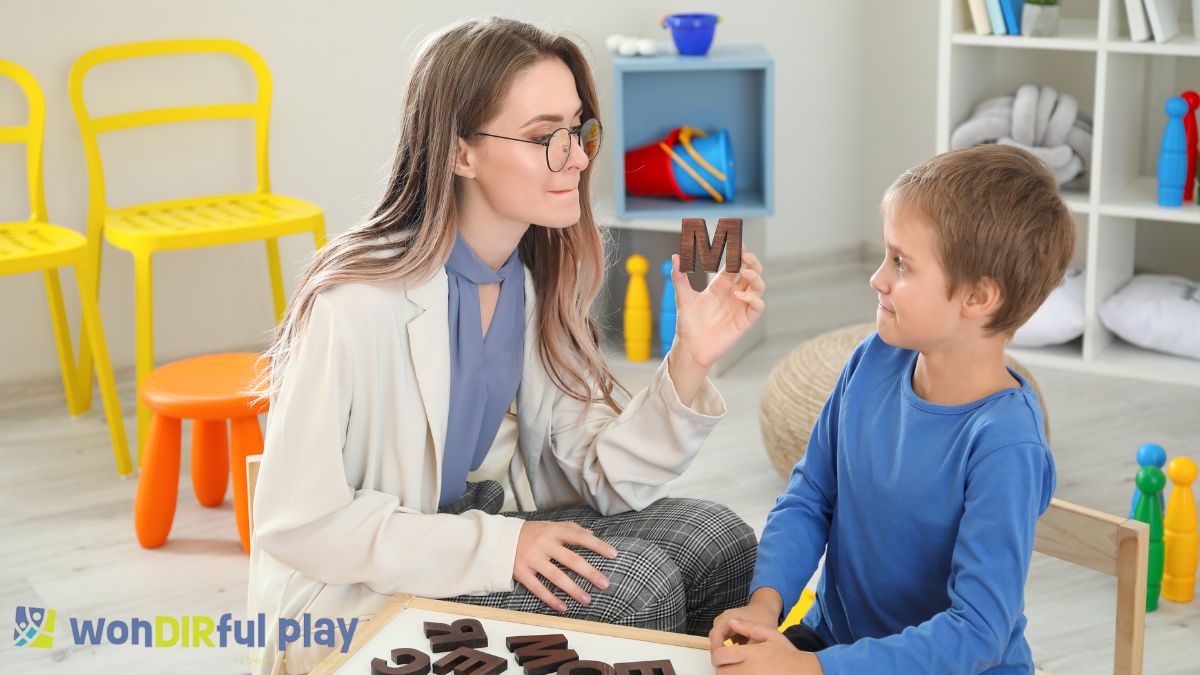
Yes, Floortime and Speech Therapy Work Together Through Play
Play can be more than just fun. It’s also a way to grow language and connection. When therapists bring speech goals into child-led play, kids learn words in the same moments they’re sharing joy.
You know how kids often repeat what they hear during play? That’s the moment speech therapists use to introduce simple target words.
Here’s how pairing works best:
- Follow the child’s lead in play
- Add short words and phrases in context
- Encourage imitation and expansion
- Use back-and-forth circles of communication
These circles turn a child’s idea into natural exchanges. Therapists then model expansions, recasts, and playful prompts. Research shows that combining speech therapy and Floortime in this way supports steady gains in language and social skills. Autism now affects about 1 in 31 U.S. eight-year-olds, so practical, play-first strategies matter for many families.
DIR Floortime Aligns With Functional Speech Goals
But let’s be clear, progress in speech isn’t only about drills. Growth comes when play and interaction fuel connection. That’s where Floortime and speech therapy overlap, bringing shared focus and meaningful exchange into every session.
Use Circles Of Communication To Build Turns
You might notice how a simple back-and-forth can stretch into a full conversation. These circles of communication start with a child’s action, followed by an adult’s response, then the child’s reply. Each loop strengthens reciprocity and joint attention.
Strong engagement is the base for language growth. Here’s how therapists set it up:
- Follow the child’s lead to spark interest
- Layer in simple words and phrases during play
- Keep interactions developmentally tuned and interactive
- Repeat and expand to sustain connection
A two-year trial of a play-based model found that children made bigger gains in key areas of development. Cognitive scores rose by an average of 17.6 points in the play-based group compared to just 7 points in the control group.
The same program also supported improvements in language and everyday adaptive skills, showing how structured play can drive measurable progress.
Research Shows Gains In Social Communication
Studies show that combining speech therapy and Floortime leads to measurable growth in both language and social connection, especially when parents take an active role.
Map To Autism Communication Therapy Outcomes
You know how teams set targets for progress? They often align with outcomes tracked in autism communication research:
- Symptom severity
- Interaction quality
- Language growth
- Adaptive skills
Parent-led programs have shown lasting benefits. Developmental play-based models also reported stronger gains in standardized cognitive and language scores when therapy was consistent and caregiver-supported.
Parent Coaching And School Teamwork Drive Carryover
But let’s face it, therapy hours alone aren’t enough. Growth sticks when families and schools weave strategies into daily life. That’s why language development Floortime often pairs structured play with home and classroom routines for stronger impact.
Try Home Play Routines After Sessions
Short, predictable routines at home carry progress forward. Parent-implemented programs that coach responsive interaction have shown long-term benefits, including reduced autism symptoms and more spontaneous initiations years later. Early-intervention models emphasize weaving goals into daily activities.
Ways to support carryover at home:
- Use familiar play routines
- Embed words into everyday tasks
- Keep data notes simple but consistent
- Share progress with school teams
These habits keep therapy goals alive outside the clinic.
Keep One Simple Cue Across Settings
One clear cue makes generalization easier. Using the same gesture, word, or visual at school, home, and therapy sessions reduces load and builds consistency.
Examples of helpful cues:
- Shared visual prompt
- Consistent phrase or gesture
- Routine check-ins with teams
Schools also support generalization through IEPs reviewed yearly, ensuring alignment across providers. With teamwork, Floortime and speech therapy connect naturally to classroom plans, reinforcing broader autism communication therapy goals.
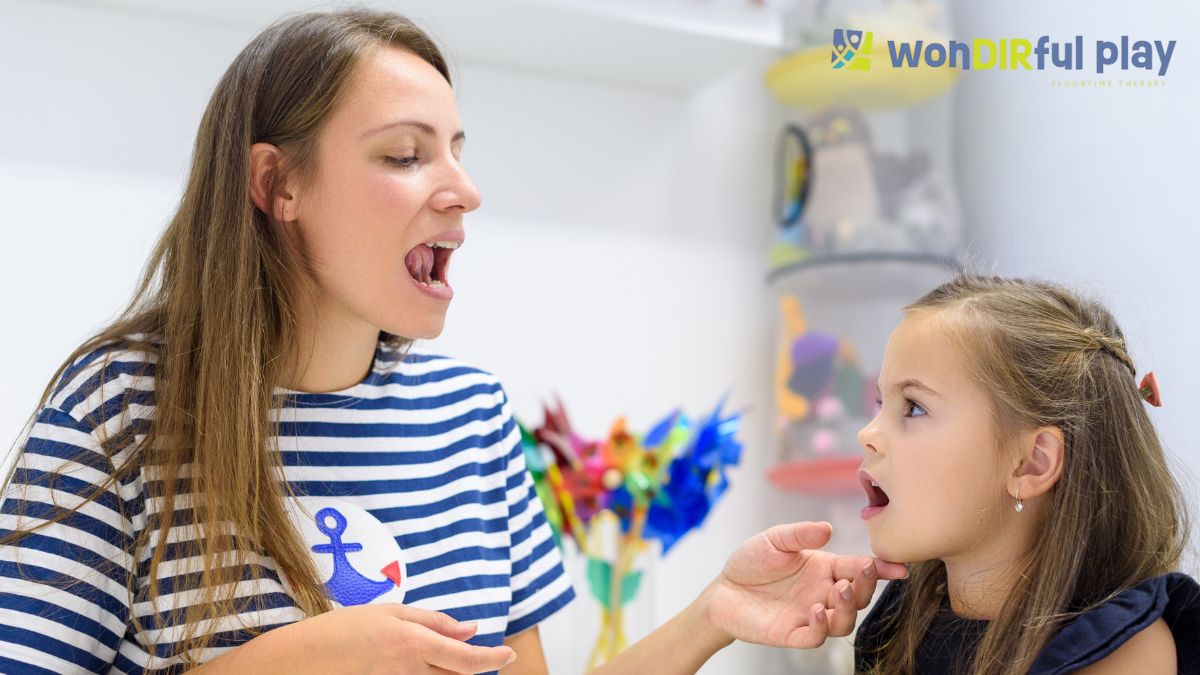
Combining Speech Therapy And Floortime Works Best With Shared Plans
You know how teamwork feels smoother when everyone’s on the same page? That’s exactly how progress grows when Floortime and speech therapy providers share consistent plans and updates across settings.
Swap Quick Updates Between Providers
Small updates prevent confusion and keep goals aligned. Short notes between the SLP and Floortime clinician let both adjust activities without overlap.
A simple update can include:
- Current target goal
- Cue that worked best
- Quick data note on progress
Schools mirror this process through IEPs, which require parent and staff involvement. Even when scheduling is hard, multiple participation options ensure families stay included. Interprofessional practice also highlights the value of timely updates and clear roles.
Review Progress On A Regular Cadence
Progress checks keep therapy responsive and targeted. Schools formally review each IEP at least once a year, while clinics can match this cadence with data summaries.
Helpful items to track include:
- Number of exchanges
- New initiations
- Functional words added
Strong goal-to-data alignment helps teams refine strategies and sustain language development Floortime gains across home, school, and clinic.
Frequently Asked Questions
What are the goals of DIR Floortime speech therapy?
DIR Floortime speech therapy builds regulation, engagement, and two-way communication. Therapy follows child interests and sparks attention. Therapy expands circles of communication and develops turn-taking. SLPs target requesting, commenting, and answering in play. Parent and school support ensures carryover into daily life.
What is the difference between Floortime and play therapy?
Floortime targets developmental communication through regulation, engagement, and circles of communication. Play therapy uses symbolic play to support emotional expression and behavioral healing. Goals, session structure, and outcomes differ between Floortime and play therapy.
Is DIR Floortime only for autism?
DIR Floortime is a developmental framework that supports children with autism, ADHD, speech-language delays, and other challenges. The framework meets each child’s level, follows interests, and expands circles of communication. The framework builds engagement and skills that transfer into daily life.
Take the Next Step Toward Meaningful Progress
Real change happens when children build language in ways that feel natural and connected. Families looking for Floortime and speech therapy services in New Jersey can find support that blends proven strategies with everyday routines.
WonDIRfulPlay is here to guide parents, schools, and professionals toward stronger outcomes. Contact us today to explore how we can help your child grow.
Recent articles


-ink.jpeg)

-ink.jpeg)
-ink.jpeg)
-ink.jpeg)
-ink.jpeg)
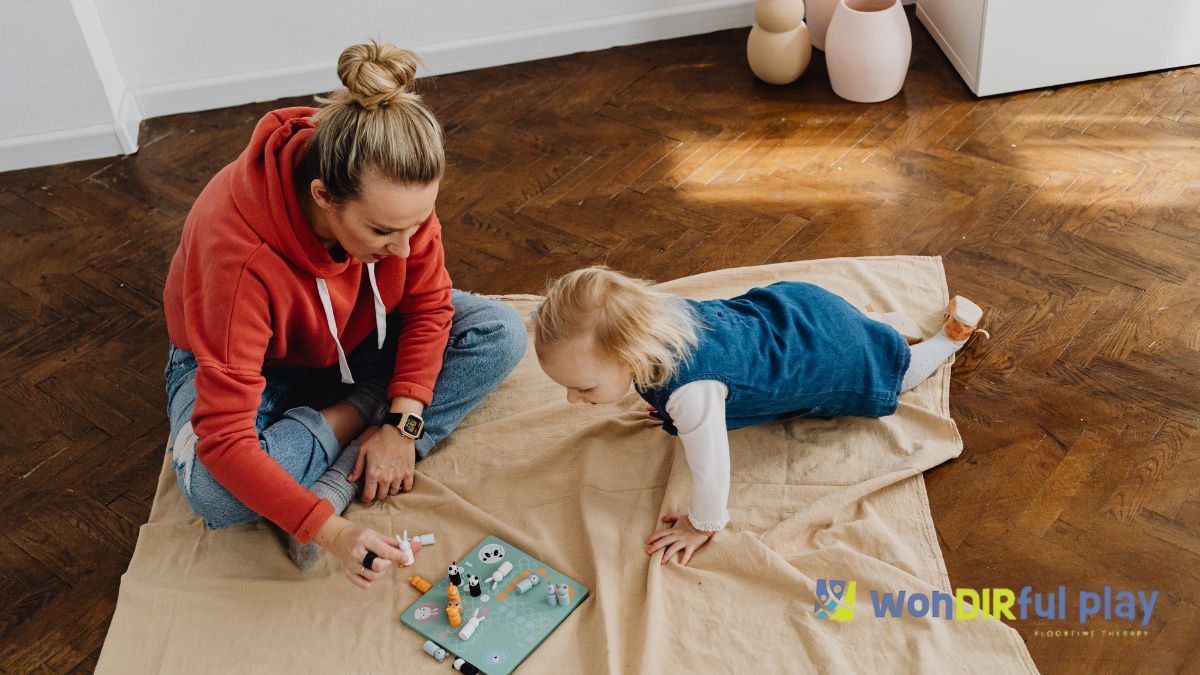
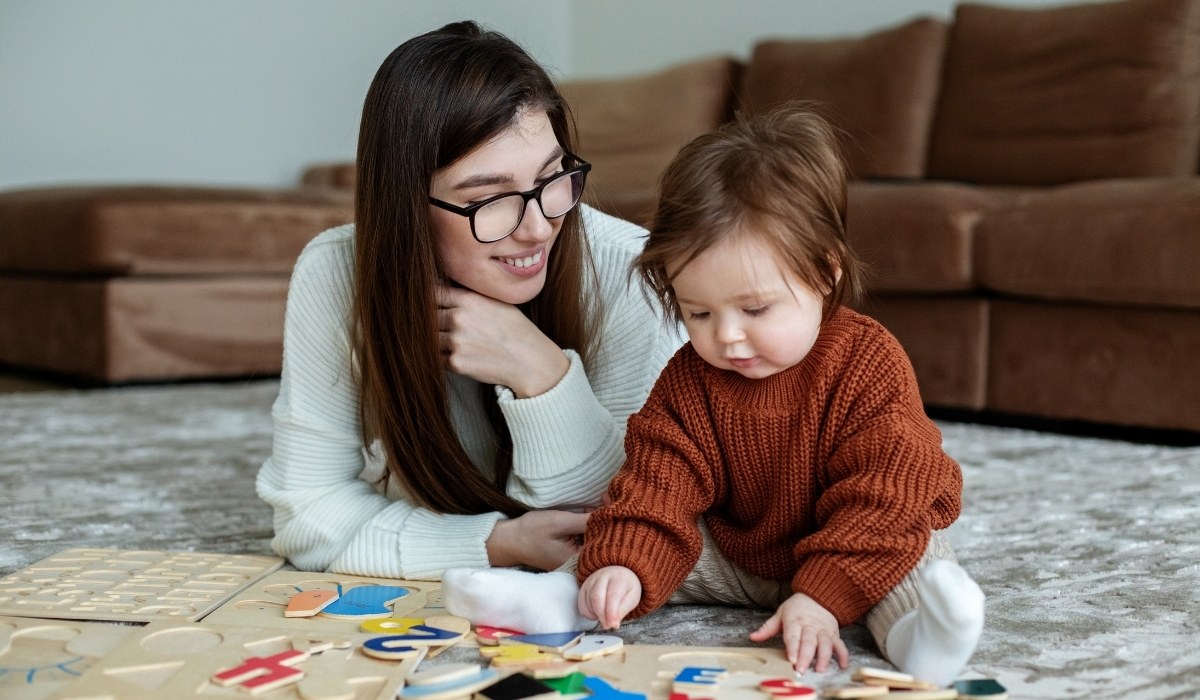
-ink.jpg)
-ink.jpeg)
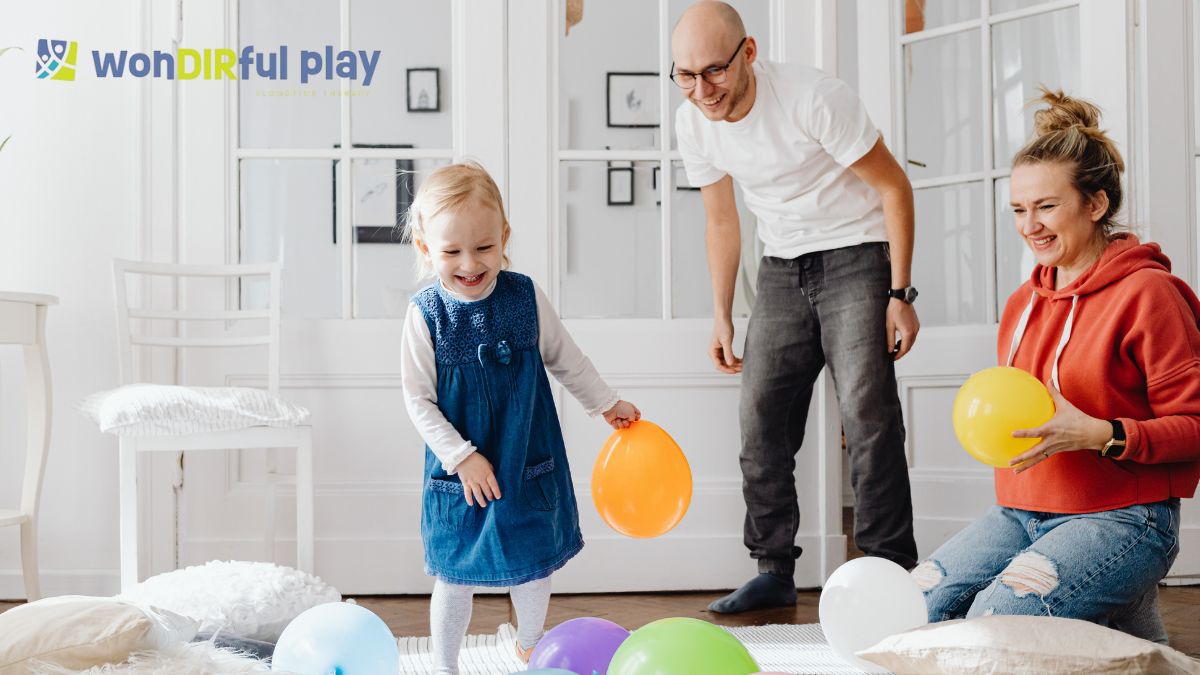
-ink.jpeg)
-ink.jpeg)
-ink.jpeg)
